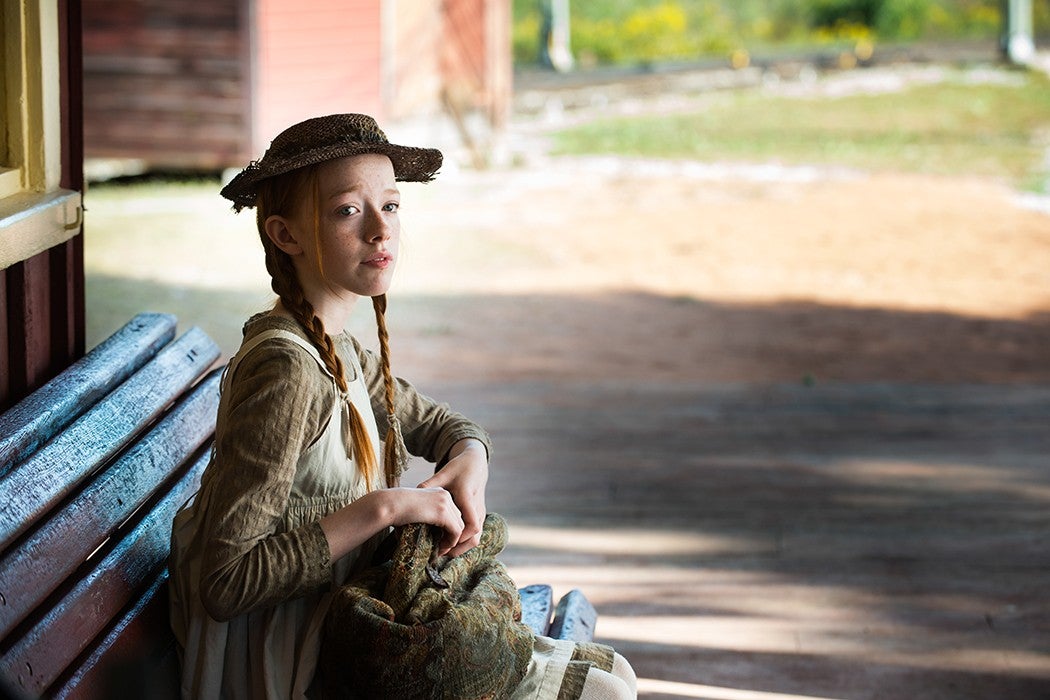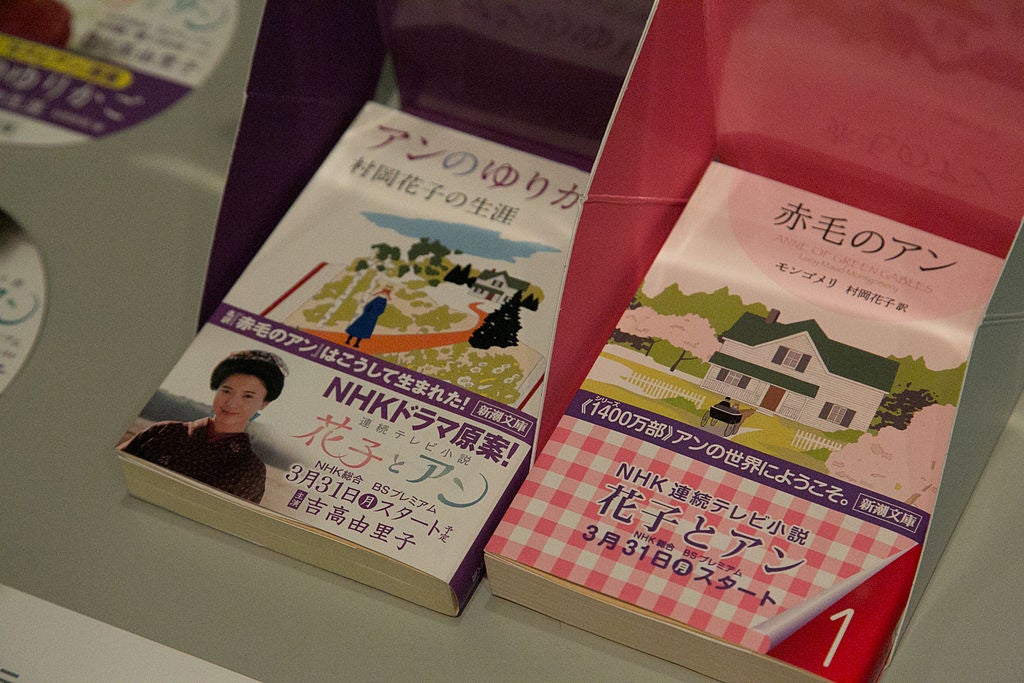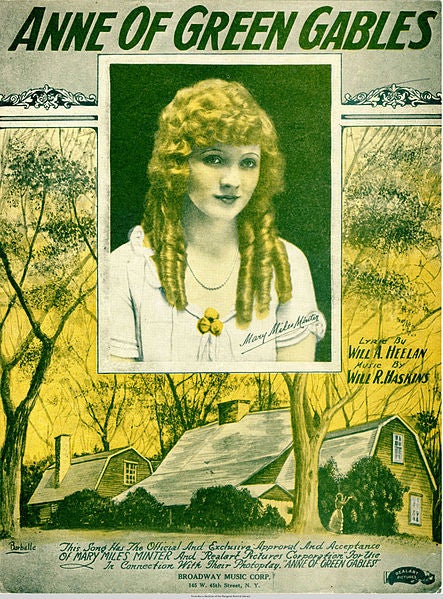A new “prestige” adaptation of Lucy Maud Montgomery’s beloved Anne of Green Gables series delves into the grittier side of the plucky orphan Anne. This isn’t the first time Anne Shirley, created almost 100 years ago, has been reimagined. The six books have been translated into many languages; Anne is so big in Japan that there’s a theme park meant to evoke Prince Edward Island. There have been countless theatrical and animated versions. Many remember Anne best from the 1985 Canadian television adaptation, which shaped a generation of writers who viewed it at a tender age. So why has this character captured the interest of so many different readers (and viewers)?
Julia McQuillan and Julie Pfeiffer delve into the complexities of Anne’s character in their critical study “Why Anne Makes Us Dizzy: Anne of Green Gables from a Gender Perspective.” Assuming that the contemporary reader approaches the books from a third (or fourth?)-wave feminist perspective, why, the authors wonder, “do we [still] enjoy girls’ fiction so much when it often privileges values that can be sexist and offensive?”
They point out that from the beginning of the book, Anne is defined by what she is not: Matthew and Marilla, like their bizzaro-counterpart Daddy Warbucks, want a boy. They think they need someone to work on the farm. Confronted with a scrappy red-headed girl, they consider sending her back to the orphanage.
According to McQuillan and Pfeiffer, the novel convinces us “that Anne-the-girl is exactly what Matthew and Marilla need.” More than a farm-hand, they need some love and light in their lives. But the Cuthberts are not immune to capitalism’s implicit belief that unpaid work, i.e. housekeeping, homemaking, and caring for the infirm, aged, or young, is of little real value. Let’s face it, as a culture we continue to wrestle with the idea that what doesn’t make money—love, imagination, joy, stories well-told, meaningful relationships, all those “Anne-the-girl”-type gifts—can really matter.
Anne transforms life at the farm, and of course ends up caring for Marilla. “The message in Anne of Green Gables is not that a girl can fill a boy’s place, that is, perform his tasks,” McQuillan and Pfeiffer write, “but that Marilla and Matthew are wrong about what role they need filled on the farm.” In its quiet way, the novel probes existing gender roles and the punctures the assumption that “female is always inferior.”
No wonder we still love Anne. Every reader has at one point or another found herself in a role for which she felt unsuited; every reader harbors the fantasy of being appreciated simply for being her own idiosyncratic kind of special. As Anne herself puts it, “There’s such a lot of different Annes in me. I sometimes think it is why I’m such a troublesome person. If I was just the one Anne it would be ever so much more comfortable, but then it wouldn’t be half as interesting.”










